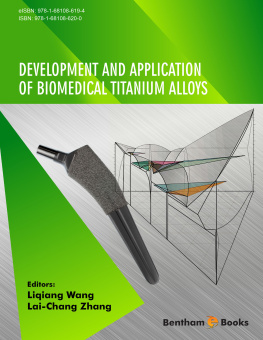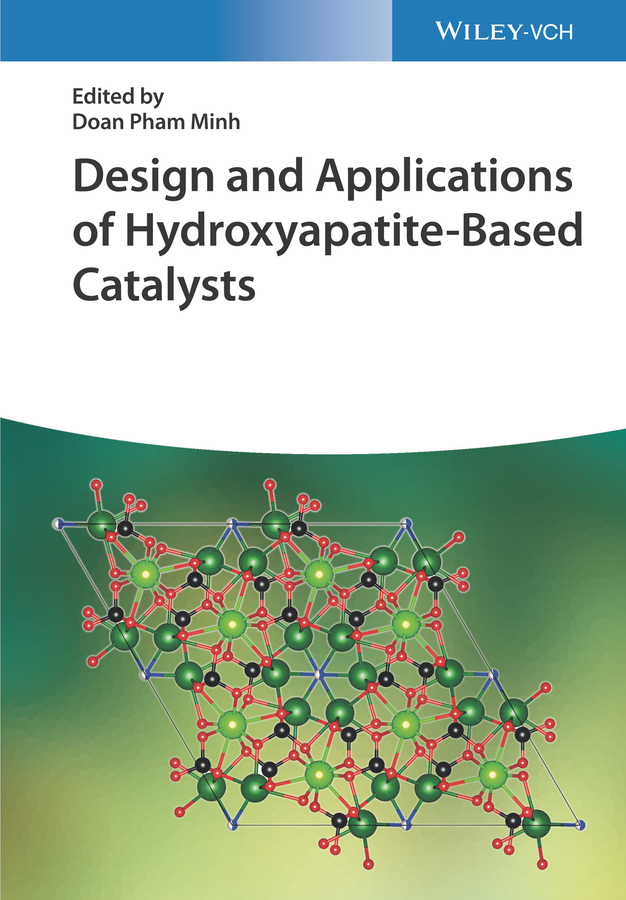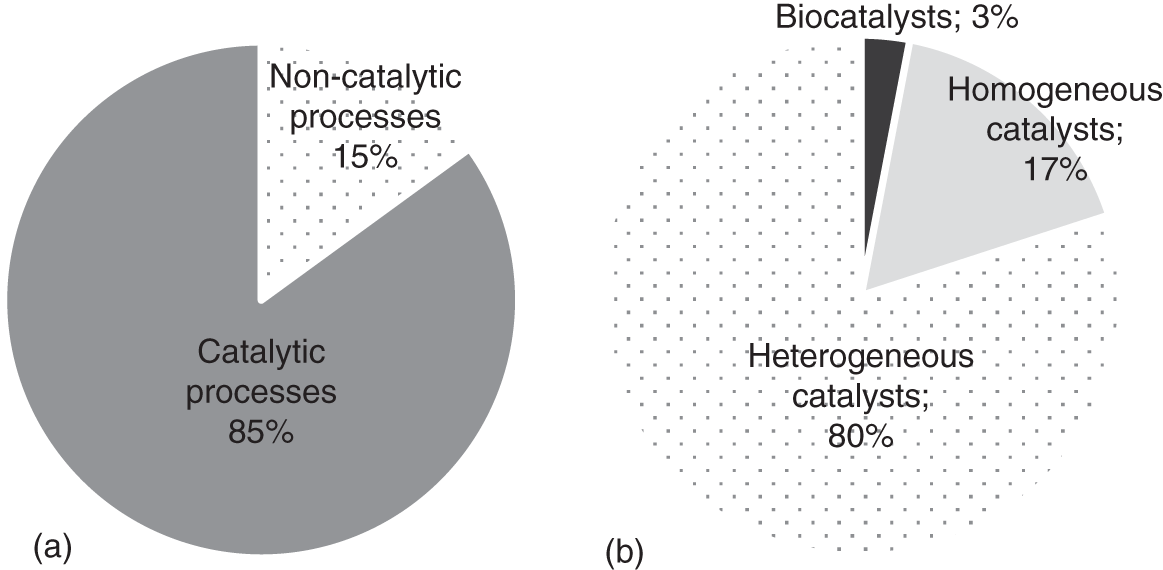Doan Pham Minh - Design and Applications of Hydroxyapatite-Based Catalysts
Here you can read online Doan Pham Minh - Design and Applications of Hydroxyapatite-Based Catalysts full text of the book (entire story) in english for free. Download pdf and epub, get meaning, cover and reviews about this ebook. City: Weinheim, year: 2022, publisher: Wiley-VCH, genre: Science. Description of the work, (preface) as well as reviews are available. Best literature library LitArk.com created for fans of good reading and offers a wide selection of genres:
Romance novel
Science fiction
Adventure
Detective
Science
History
Home and family
Prose
Art
Politics
Computer
Non-fiction
Religion
Business
Children
Humor
Choose a favorite category and find really read worthwhile books. Enjoy immersion in the world of imagination, feel the emotions of the characters or learn something new for yourself, make an fascinating discovery.

- Book:Design and Applications of Hydroxyapatite-Based Catalysts
- Author:
- Publisher:Wiley-VCH
- Genre:
- Year:2022
- City:Weinheim
- Rating:4 / 5
- Favourites:Add to favourites
- Your mark:
Design and Applications of Hydroxyapatite-Based Catalysts: summary, description and annotation
We offer to read an annotation, description, summary or preface (depends on what the author of the book "Design and Applications of Hydroxyapatite-Based Catalysts" wrote himself). If you haven't found the necessary information about the book — write in the comments, we will try to find it.
Essential reference for researchers and experts in industry highlighting the rapidly growing field of hydroxyapatite-based catalysts and their application in various chemical processes.
Hydroxyapatite (Ca10(PO4)6(OH)2) is the main mineral component of human and animal bones. It is largely applied in the field of biomaterials due to its biocompatibility. Recently, hydroxyapatite-based materials have especially gained a lot of attention by researchers in catalysis, as they are versatile and have shown precious properties of a good catalyst and catalyst support such as excellent ion-exchange capacity, high porosity, very low water solubility, controlled basicity/acidity, and good thermal stability at high temperatures.
Design and Applications of Hydroxyapatite-Based Catalysts gives a detailed overview of the synthesis, characterization, and use of hydroxyapatite-based materials in catalysis. It covers synthetic hydroxyapatites (from pure chemicals or waste), natural apatites and materials from eggshells and animal bones. The application of hydroxyapatite-based catalysts in selective oxidation, deoxygenation, selective hydrogenation, dehydrogenation reactions, organic synthesis, as well as reforming processes and production of energy carriers is reviewed. Moreover, electrocatalysis and photocatalysis using hydroxyapatite-based materials are discussed. Kinetic and mechanism studies of various chemical pro-cesses over hydroxyapatite-based catalysts are also presented.
- This is the first book solely dedicated to hydroxyapatite-based materials and their use in catalysis.
- Covers synthesis and characterization, surface and structure studies, kinetic and mechanism aspects, and various applications in heterogeneous catalysis, electrocatalysis, and photocatalysis.
Aimed at further stimulating research in the field Design and Applications of Hydroxyapatite-Based Catalysts is an indispensable source-of-information for researchers in academia and industry working in catalysis.
Doan Pham Minh: author's other books
Who wrote Design and Applications of Hydroxyapatite-Based Catalysts? Find out the surname, the name of the author of the book and a list of all author's works by series.







 ), pyrophosphates (
), pyrophosphates (